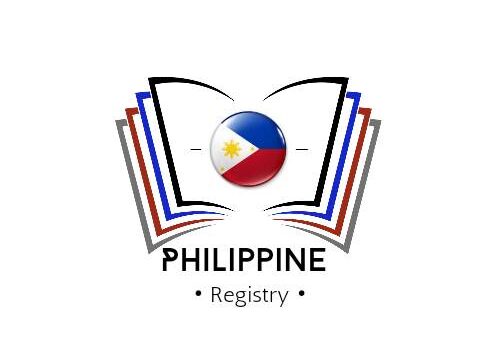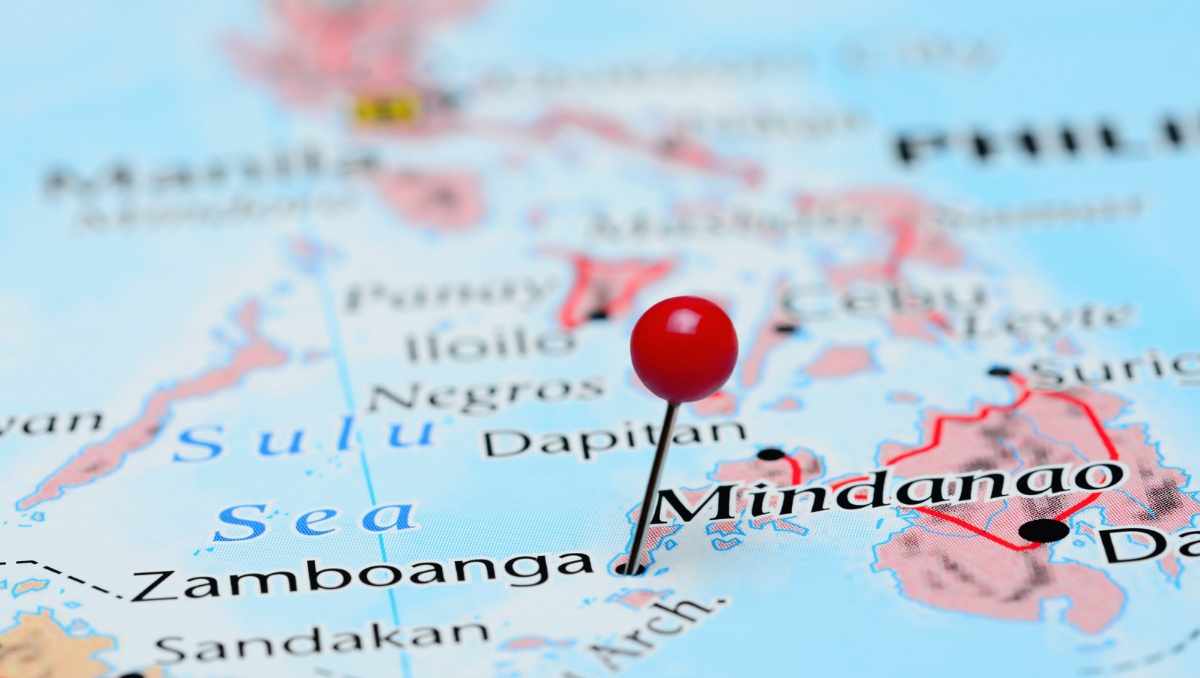Region 9 Philippines: A Guide to the Zamboanga Peninsula
Region 9 Philippines, also known as the Zamboanga Peninsula, is an administrative region in the western part of Mindanao.
It consists of three provinces: Zamboanga del Norte, Zamboanga del Sur, and Zamboanga Sibugay, as well as the highly urbanized city of Zamboanga and the component city of Isabela.
The region has a population of 3,875,576 as of 2020, making it the 11th most populous region in the country.
Key Takeaways:
| Attribute | Value |
|---|---|
| Land Area (2013) | 169.04 km2 (6526.68 sq mi) |
| Population as of 01 May 2020 | 3,875,576 |
| Regional Center | City of Pagadian |
| Provinces of Region 8 | Zamboanga Del Norte, Zamboanga Del Sur, Zamboanga Sibugay |
| Highly urbanized city | City of Pagadian |
| Consists of | 3 cities 67 Municipalities and 1,904 Barangays |
The Zamboanga Peninsula is a diverse and vibrant region that offers a variety of attractions, cultures, and cuisines to visitors.
It is bordered by the Sulu Sea, the Celebes Sea, the Bohol Sea, and several islands, giving it a rich marine biodiversity and scenic coastline. It is also home to the Subanen, the indigenous people of the region, who have a distinct culture and language.
Also Read: List of Regions in the Philippines
Provinces in Region 9
- Zamboanga del Norte has a land area of 7,301.00 square kilometers and a population of 957,997 as of 2010. It is composed of 25 municipalities and two cities: Dapitan and Dipolog. Its capital is Dipolog City.
- Zamboanga del Sur has a land area of 4,499.46 square kilometers and a population of 959,685 as of 2010. It is composed of 26 municipalities and one city: Pagadian. Its capital is Pagadian City.
- Zamboanga Sibugay has a land area of 3,607.80 square kilometers and a population of 584,685 as of 20101. It is composed of 16 municipalities and no city. Its capital is Ipil.
Region 9 also includes the highly urbanized city of Zamboanga, which has a land area of 1,414.70 square kilometers and a population of 977,234 as of 2020, and the component city of Isabela, which has a land area of 223.73 square kilometers and a population of 130,379 as of 2020.
Zamboanga City is the industrial and commercial center of the region, while Isabela City is part of the Bangsamoro Autonomous Region in Muslim Mindanao (BARMM).
Region 9 Map
What to See and Do in Region 9 Philippines
If you are planning to visit Region 9 Philippines, here are some of the things you need to know and do:
The Zamboanga Peninsula has something for everyone, whether you are looking for adventure, history, nature, or culture. Here are some of the top attractions and activities you can enjoy in the region:
- Visit the Zamboanga City Hall, a historic building that dates back to 1905 and features a blend of Spanish, American, and Filipino architectural styles. It is located in the heart of the city and serves as the seat of the local government.
- Explore the Great Santa Cruz Island, a small island off the coast of Zamboanga City famous for its pink sand beach. The pink hue comes from the crushed red corals that mix with the white sand. The island also has a lagoon, a mangrove forest, and a marine sanctuary.
- Experience the Vinta Regatta, an annual festival that showcases the colorful vintas, and traditional sailboats used by the local fishermen and the Badjao people. The festival features a vinta race, cultural performances, and a street parade.
- Witness the Hermosa Festival, the biggest and grandest festival in the region that celebrates the feast of Nuestra Señora La Virgen del Pilar, the patroness of Zamboanga City. The festival lasts for a whole month and features various events such as religious processions, cultural shows, street dances, and fireworks.
- Trek to the Pulacan Falls, a majestic waterfall that cascades from a height of 30 meters in the town of Labangan, Zamboanga del Sur. The waterfall is surrounded by lush greenery and has a natural pool at its base. It is also a popular picnic and camping spot.
- Marvel at the Rizal Shrine, a replica of the ancestral house of the national hero Dr. Jose Rizal in Dapitan City, Zamboanga del Norte. The shrine displays some of the personal belongings, artworks, and writings of Rizal, who lived in exile in Dapitan from 1892 to 1896.
- Discover the Malangas Coal Reservation, a vast coal mine in the town of Malangas, Zamboanga Sibugay. The coal mine is the largest in the country and supplies coal to various power plants in Mindanao. It also has a museum that showcases the history and development of the coal industry.
What to Eat and Drink in Region 9 Philippines
The Zamboanga Peninsula is a culinary paradise that offers a fusion of Spanish, Malay, Chinese, and Filipino influences. The region is known for its seafood, spices, and coconut-based dishes. Here are some of the delicacies you should try in the region:
- Satti, a spicy dish of grilled meat skewers served with rice cooked in coconut milk and a thick sauce made from chili, tomato, and onion. It is a popular breakfast and snack food in Zamboanga City.
- Curacha, a type of crab that is endemic to the region and has a bright red color. It is usually cooked in alavar sauce, a creamy sauce made from coconut milk, garlic, onion, turmeric, and other spices.
- Knickerbocker, a refreshing dessert that consists of shaved ice, fruits, milk, and gelatin. It is similar to halo-halo but with a different combination of ingredients. It is a specialty of Zamboanga City.
- Estofado, a stew of beef or chicken cooked in tomato sauce, soy sauce, vinegar, sugar, and bay leaves. It is a Spanish-inspired dish that is commonly served with rice or bread.
- Pianggang, a dish of chicken marinated in a paste of burnt coconut, lemongrass, ginger, garlic, onion, and turmeric. It is then grilled over charcoal and wrapped in banana leaves. It is a specialty of the Tausug people.
- Zamboanga White, a type of cheese made from carabao milk. It has a soft and creamy texture and a mild flavor. It is usually eaten with bread or crackers, or used as an ingredient in desserts.
How to Get to and Around Region 9 Philippines
The Zamboanga Peninsula is accessible by air, sea, and land. Here are some of the ways you can get to and around the region:
- By air: The main airport in the region is the Zamboanga International Airport, which serves domestic flights from Manila, Cebu, Davao, and other major cities. Small airports in Dipolog, Pagadian, and Ipil also serve regional flights.
- By sea: The region has several seaports that connect it to other islands and provinces. The Zamboanga City Port is the largest and busiest port in the region, serving passenger and cargo vessels from Manila, Cebu, Jolo, Basilan, and other destinations. Other ports in the region include the Dapitan Port, the Pagadian Port, and the Ipil Port.
- By land: The region is connected by a network of roads and highways that link it to other parts of Mindanao. The Zamboanga Peninsula Highway is the main road that traverses the region from north to south, passing through the three provinces and the two cities. There are also buses, vans, and jeepneys that ply the routes within and outside the region.
Conclusion
Region 9 Philippines, or the Zamboanga Peninsula, is a diverse and vibrant region that offers a variety of attractions, cultures, and cuisines to visitors. It is a region that showcases the rich history, natural beauty, and cultural heritage of Mindanao.
Whether you are looking for adventure, history, nature, or culture, you will find something to enjoy in the Zamboanga Peninsula.

